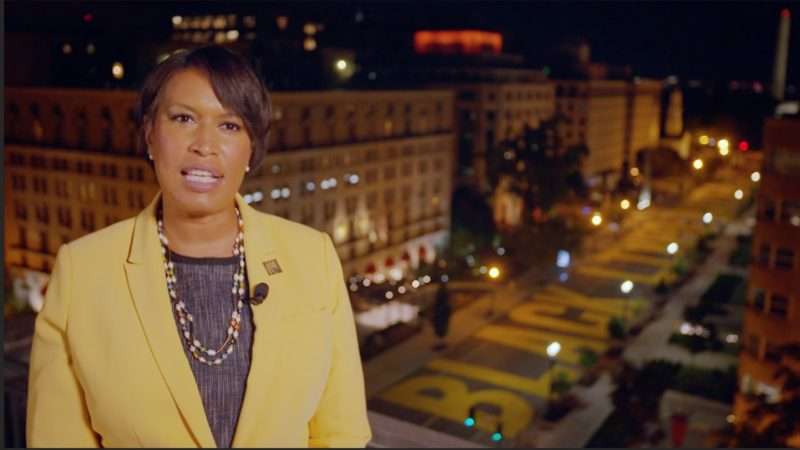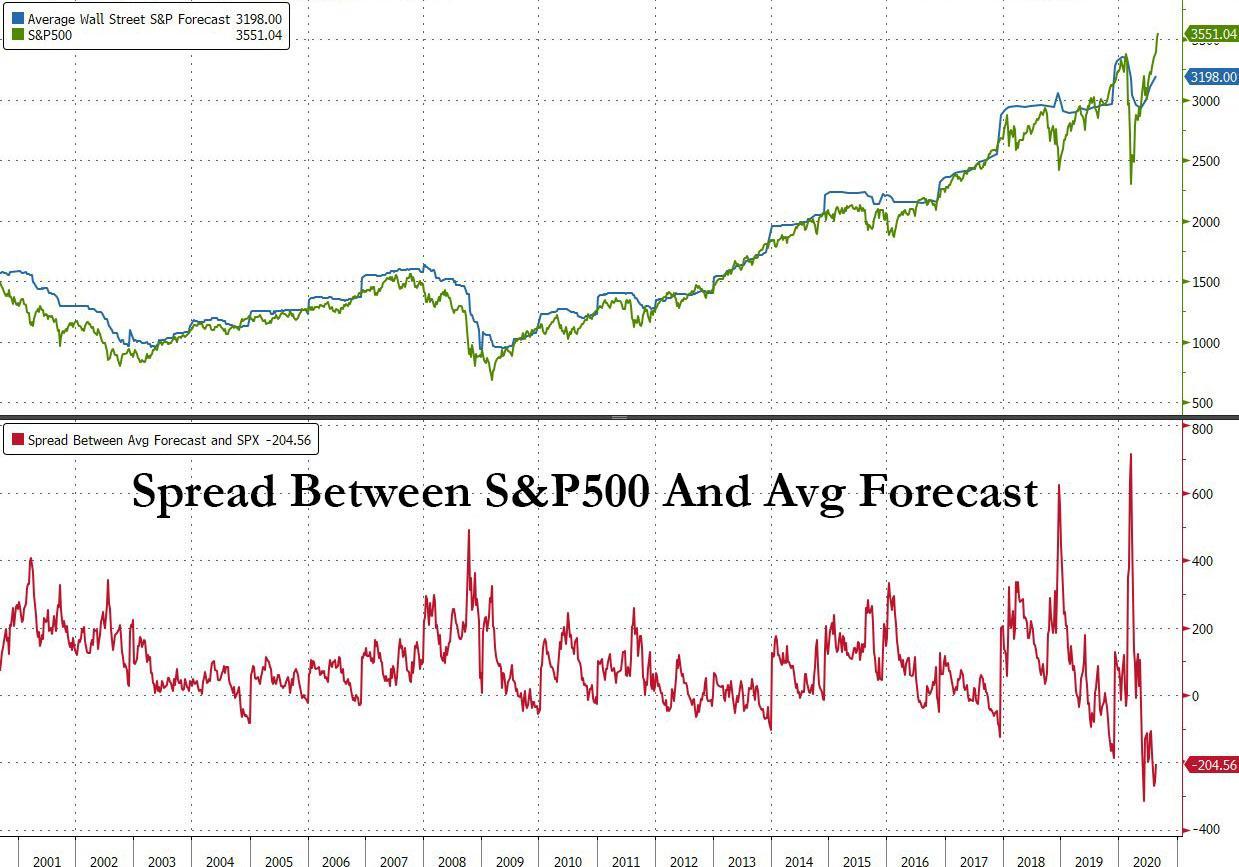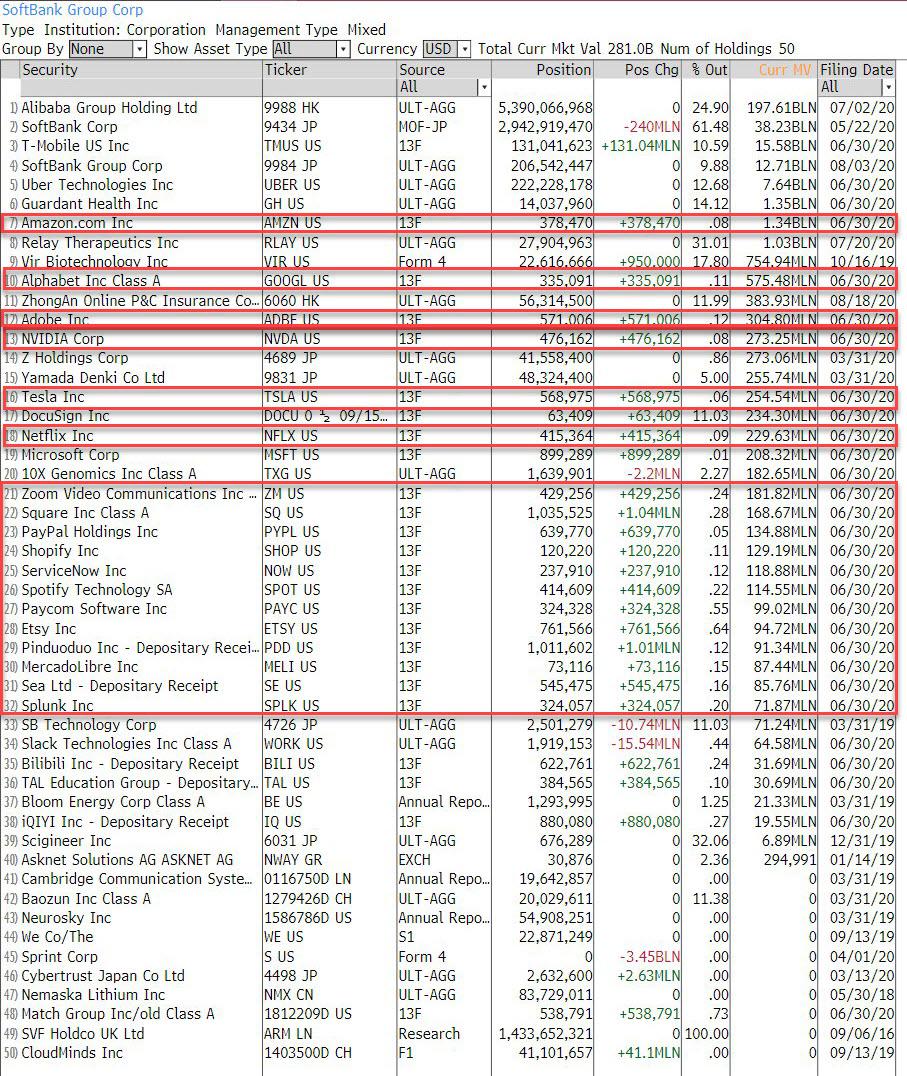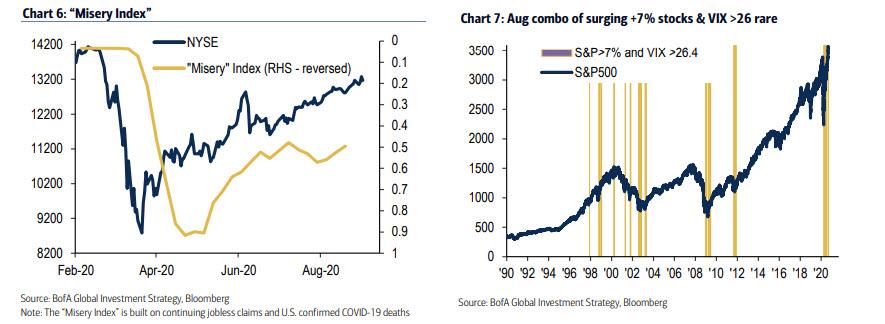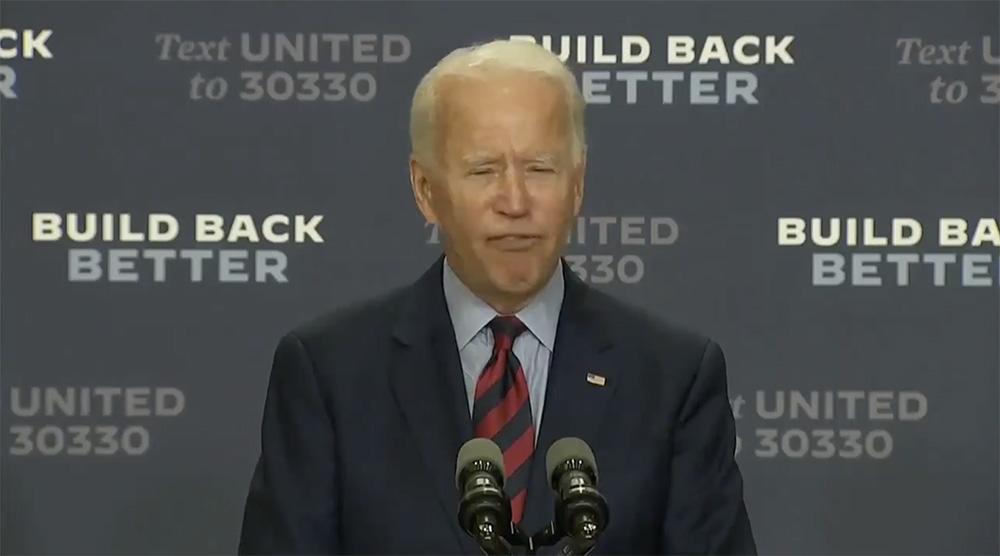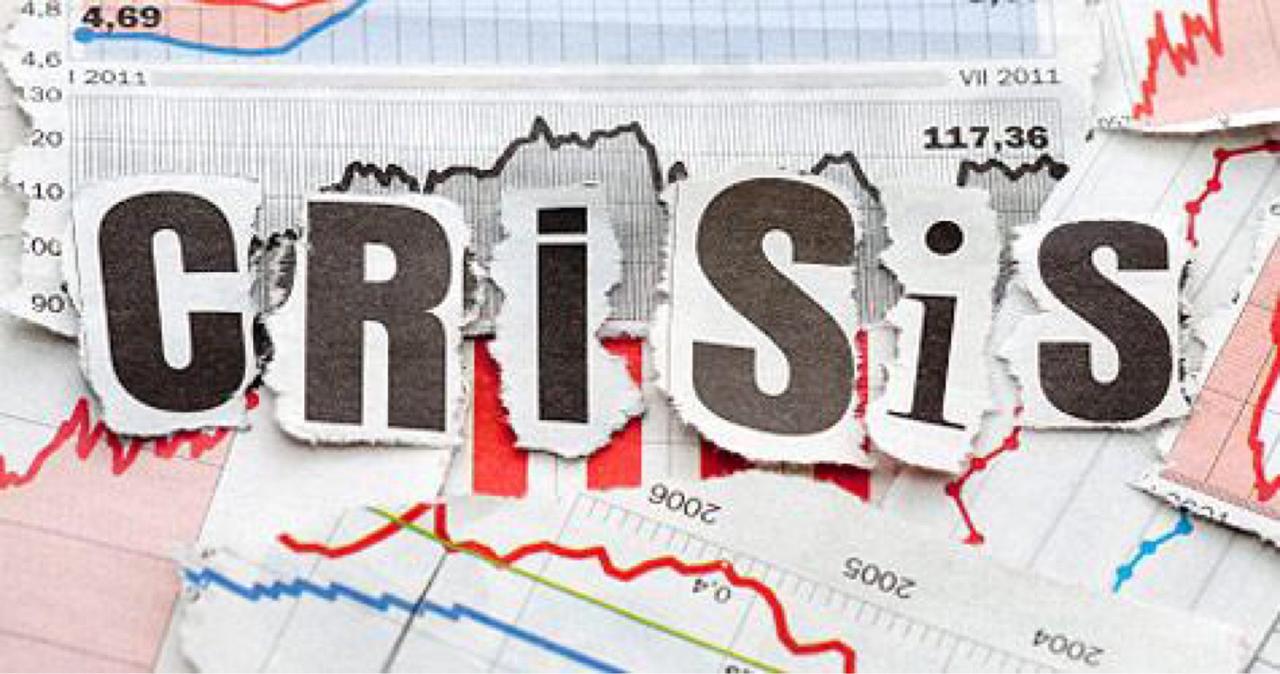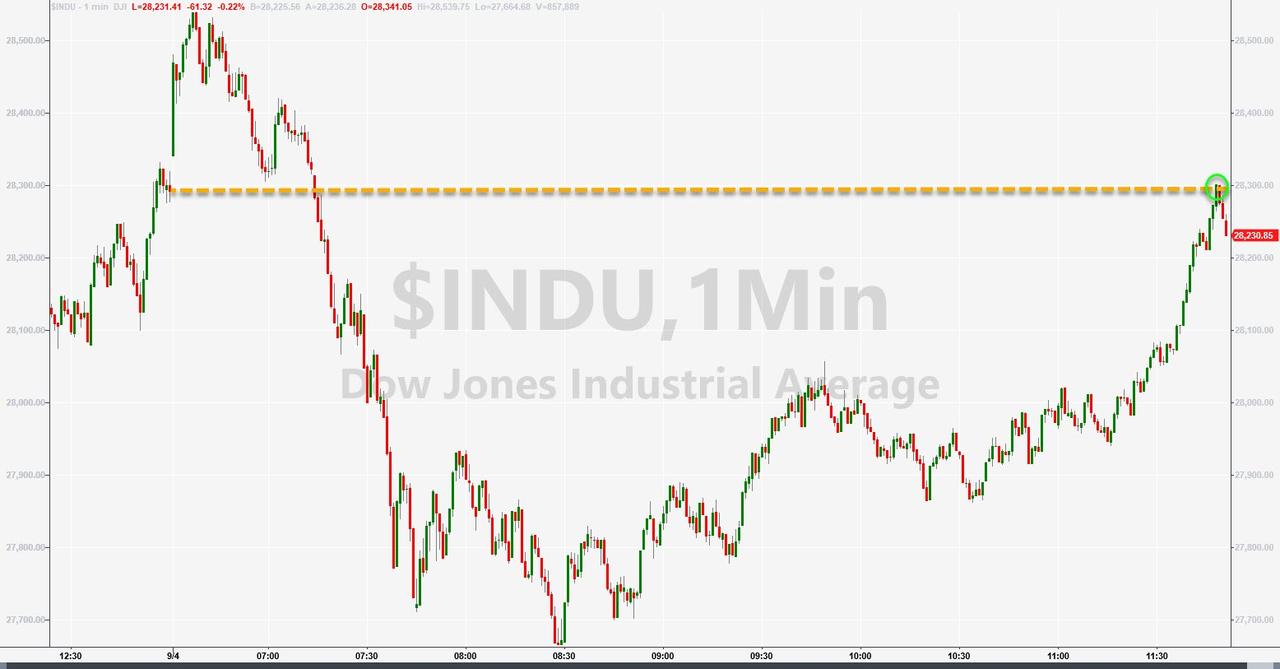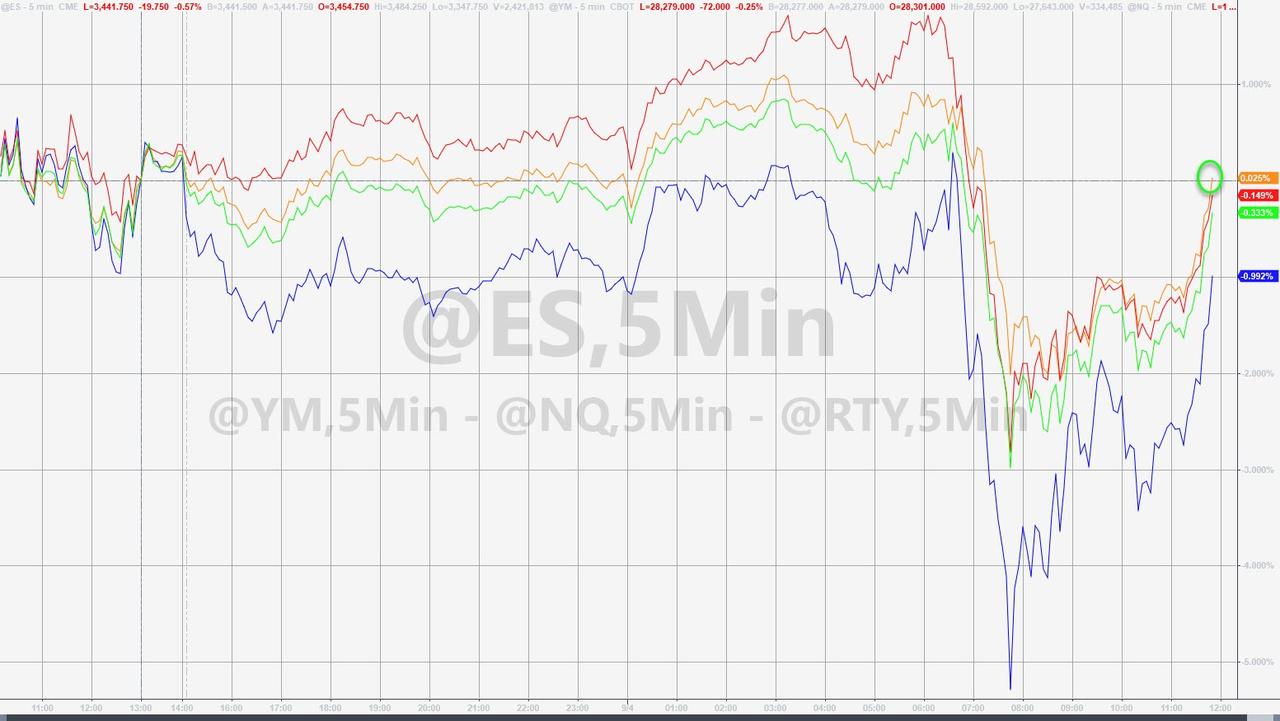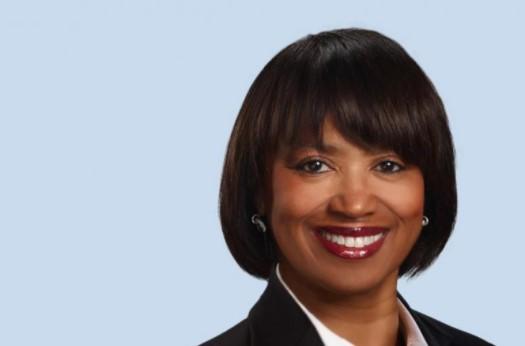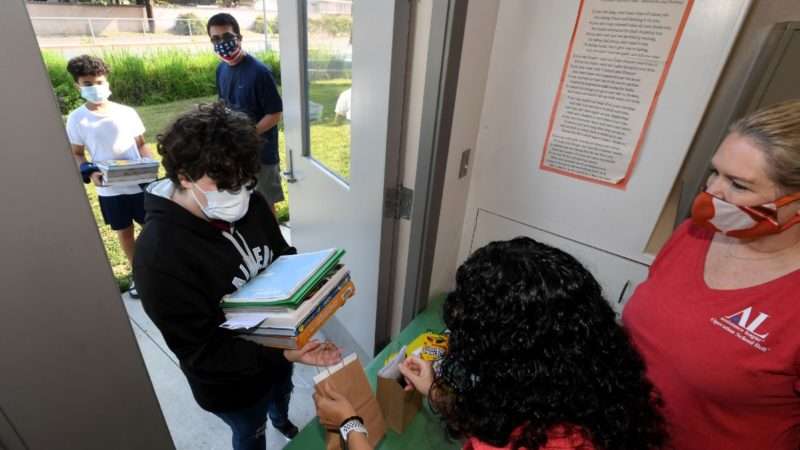An anti-gun initiative in Washington, D.C., that was backed by Mayor Muriel Bowser is attracting criticism because it has focused on predominantly black parts of the city. The controversy over the program, which prosecutes residents for violating the federal ban on firearm possession by people with felony records, illustrates the tension between two major items on the progressive agenda: strengthening gun control and reducing racial disparities in law enforcement. Those goals are hard to reconcile because enforcing firearm laws has a disproportionate impact on African Americans.
Originally that was by design. Modern gun control laws have their roots in Southern states’ efforts to disarm freedmen, depriving them of a constitutional right that Chief Justice Roger Taney, author of the Supreme Court’s infamous 1857 decision in Dred Scott v. Sandford, warned black people would enjoy if they were recognized as citizens.
More recently, fear of armed black men has driven white politicians to support new gun restrictions. California’s Mulford Act, a 1967 law backed by then-Gov. Ronald Reagan (and the National Rifle Association), responded to the rise of the Black Panthers by banning the open carrying of loaded firearms. According to The Saturday Night Special, a 1973 book by investigative journalist Robert Sherrill, the federal Gun Control Act of 1968, passed at a time when politicians were alarmed by urban riots, aimed to “shut off weapons access to blacks, and since [legislators] probably associated cheap guns with ghetto blacks and thought cheapness was peculiarly the characteristic of imported military surplus and the mail-order traffic, they decided to cut off these sources while leaving over-the-counter purchases open to the affluent.”
That law included prohibitions on gun sales to and purchases by several broad classes of people, including anyone who had been convicted of “a crime punishable by imprisonment for a term exceeding one year,” meaning almost all felonies. The current federal ban, which applies to possession as well as sales and purchases, carries a penalty of up to 10 years in prison.
On the face of it, the D.C. Code, which also prohibits gun possession by people who have been convicted of felonies, is even more severe, prescribing the same maximum penalty along with a mandatory minimum of one year. If the felony was violent, the maximum penalty is 15 years and the mandatory minimum is three years. But according to the U.S. Sentencing Commission, the average federal sentence for “felon in possession of a firearm offenders” is 64 months. Some of those defendants got enhanced penalties under the Armed Career Criminal Act, which applies to offenders with three prior convictions. But even excluding those defendants, the average sentence was nearly five years.
The decision to charge defendants in federal court, which in D.C. is made by Acting U.S. Attorney Michael Sherwin, therefore exposes them to “harsher penalties compared to similar convictions in local court,” The Washington Post notes. So when it turns out that black defendants are especially likely to be charged in federal court, progressives tend to get upset.
Bowser, who is herself African American, presumably was not driven by racial animus when she backed the D.C. initiative, which aims to reduce gun crimes by disarming and locking up people thought likely to commit them. But the racially disproportionate results were predictable, since one-third of African-American men have felony records (compared to 8 percent of the general population) and police and prosecutors were apt to concentrate on high-crime, predominantly black neighborhoods.
That is what happened, as federal prosecutors recently acknowledged. Instead of targeting illegal gun owners throughout the city, as originally advertised, the program has focused entirely on three police districts that overlap with Ward 5, which is 64 percent black; Ward 7 (92 percent black); and Ward 8 (89 percent black). By comparison, blacks represent 44 percent of the District’s total population.
The program “exclusively—and now we know, by design—targets District residents of color via specific police districts,” D.C. Council Member Charles Allen complained in a press release. “It is one more policy defaulting to harsh penalties on Black residents whose neighborhoods have historically been underinvested in and overpoliced. We must end this policy. It is taking us in the wrong direction.”
D.C. Attorney General Karl Racine, an elected official who enforces the D.C. Code, was likewise appalled by the “discriminatory application” of federal gun charges. According to the Post, D.C. Police Chief Peter Newsham said “he was unaware the initiative was being implemented in only certain parts of the District.”
Sherwin, the acting U.S. attorney, “criticized the program as implemented, saying he began a review when he took over the office in May and ended the program’s geographic focus last week.” While denying that the program is racially discriminatory, Sherwin said the “most equitable” approach would to make prosecutorial decisions based on each defendant’s criminal history, including prior gun charges and convictions for violent crimes, rather than the neighborhood where he happened to be arrested. The program, he said, should be “designed to charge the most violent offenders with the most significant federal charges.”
While a ban on gun possession by “violent offenders” might make sense, assuming their crimes were recent enough to suggest they still pose a threat to public safety, both the federal and D.C. laws sweep much more broadly than that. People convicted of violent crimes long ago—a youthful bar fight, say—can still be prosecuted for felonies if they keep guns for self-defense. And people convicted of nonviolent felonies, including drug offenses, also lose their Second Amendment rights.
Keeping in mind that one-third of black males in the United States have felony records, this policy permanently deprives 7 million African-American men of the constitutional right to armed self-defense—a right that is especially important in neighborhoods like the ones federal prosecutors have been targeting in D.C.—even when they pose no plausible danger to the general public. Within the District, we are talking about something like 150,000 black men who, should police catch them with a firearm, could be sent to prison for a year if they are prosecuted in D.C. court or five years if if they are prosecuted in federal court.
Is every one of these men a menace to public safety? Sherwin implicitly concedes that the vast majority are not. But the distinction between the unauthorized gun owners who should go to federal prison and the unauthorized gun owners who should not rests entirely in his hands. D.C. residents who illegally arm themselves for self-protection just have to put their faith in his ability to identify “the most violent offenders.”
This is what gun control looks like in practice. When the New York Police Department tried to reduce violent crime by stopping pedestrians, questioning them, and patting them down for weapons, the overwhelming majority of the people subjected to such treatment were black or Hispanic. And when they were frisked, which happened about half the time, police almost never found guns and rarely discovered weapons of any kind. That track record contradicted the pretense that the pat-downs were based on the “reasonable suspicion” that the Supreme Court says the Fourth Amendment requires. But according to Michael Bloomberg, a leading gun control advocate who was New York’s mayor when these stops skyrocketed, the whole point was not to find guns but to deter young men from carrying them to begin with.
Given these realities, it is more than a little puzzling that people who are concerned about racial disparities, potentially deadly police encounters, and the life obstacles created by felony records would advocate new gun controls and stronger enforcement of existing restrictions. If you worry about those problems, why support policies that are bound to make them worse?
from Latest – Reason.com https://ift.tt/3jOjhBW
via IFTTT

